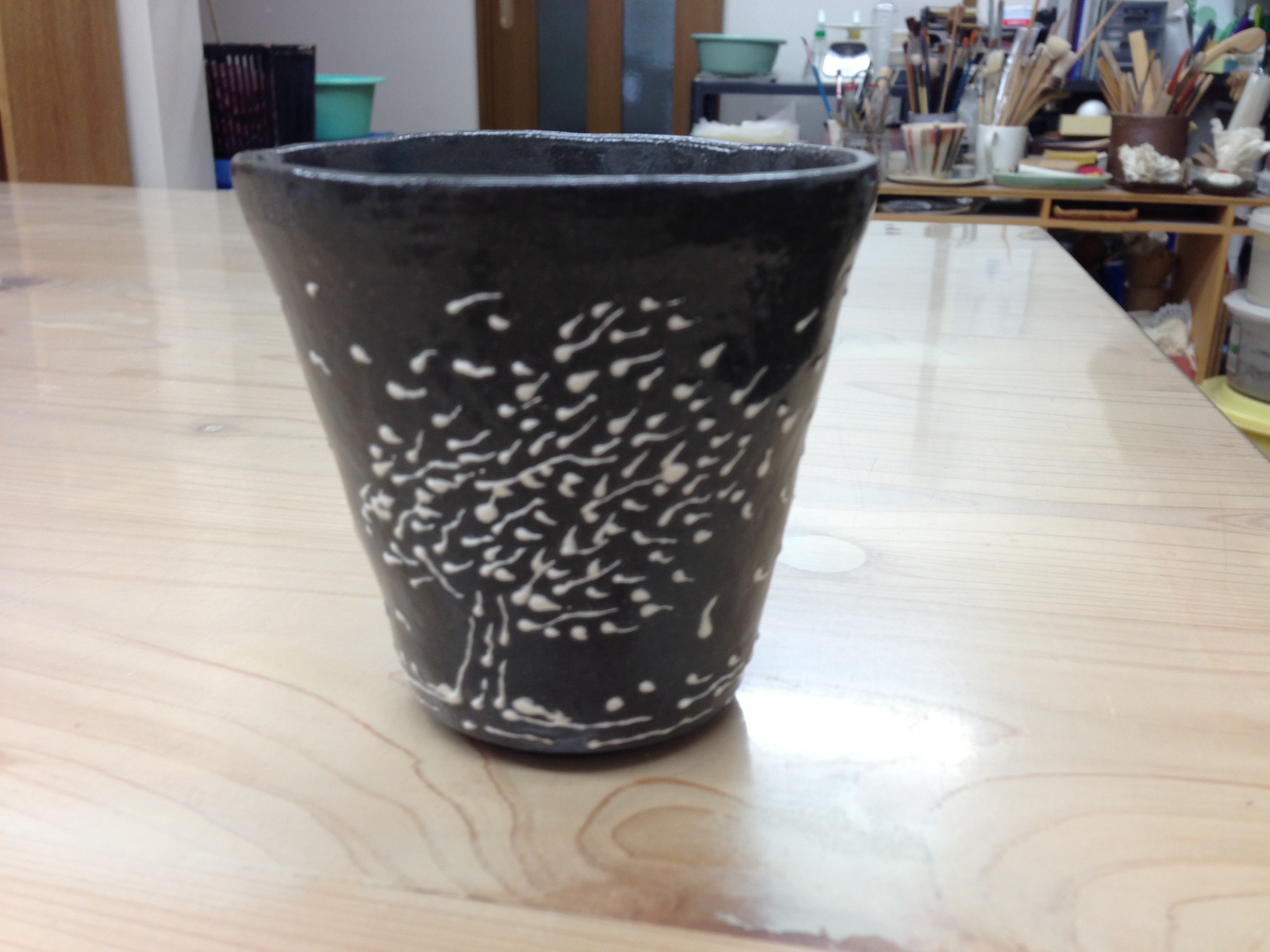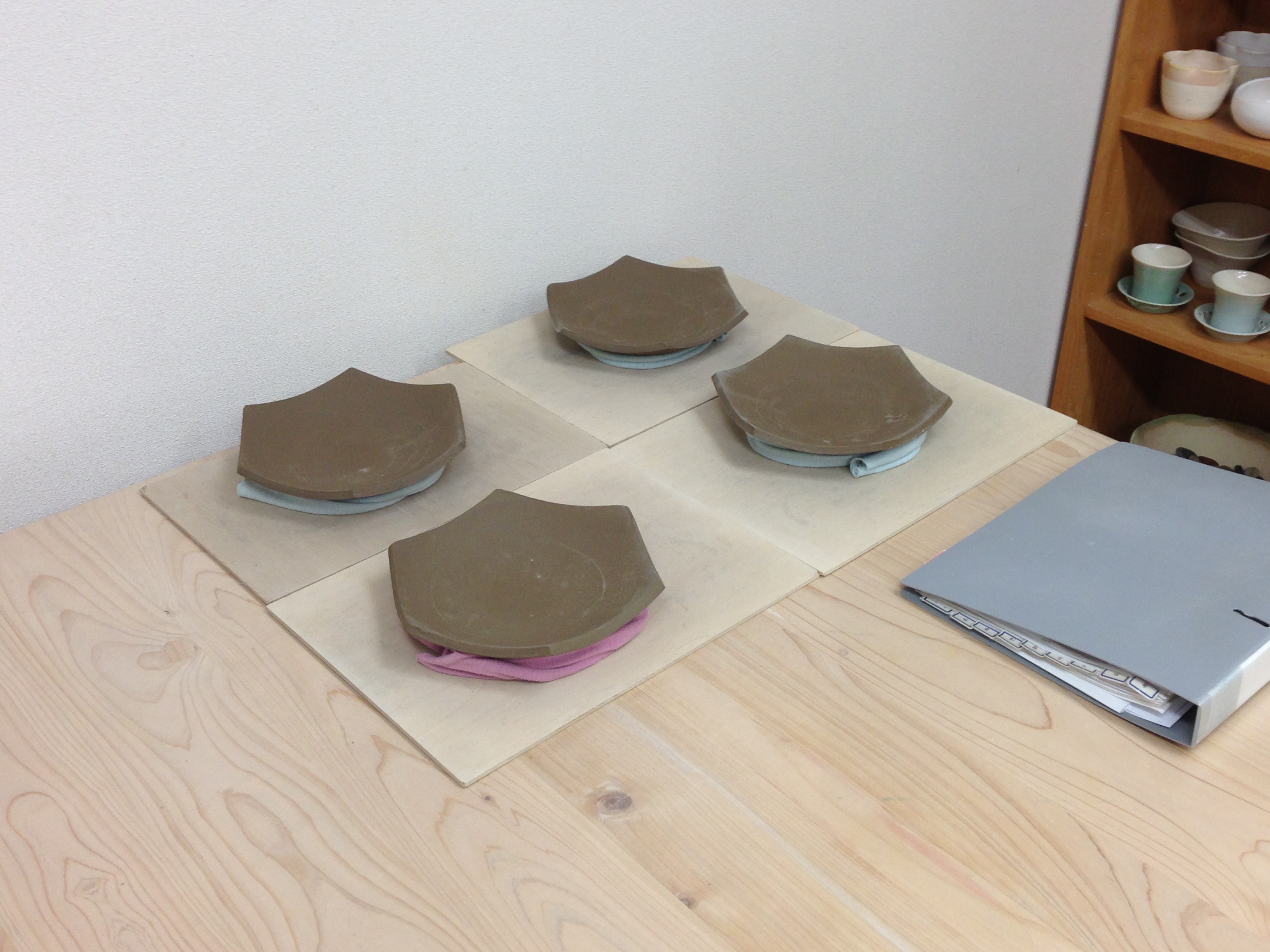This semester I continued to volunteer at NicoNico Tomato which has been both relaxing and a learning experience. Every week I would help out with whatever activity or task needed to be accomplished and always had the opportunity to communicate with others and actually use what I learned.
Last semester I had noticed how detail oriented and truly devoted they are towards helping the children. I continued to see that same drive when they brainstorm various activities that should be held for each day of the week, which the head of NicoNico Tomato usually facilitates. Although one may think that the Japanese would be passive about voicing their opinion, that is not the case in these discussions. Other volunteers would constantly chime in or pitch another solution. Because I have been volunteering for the past seven months, I have noticed various interesting cultural differences, and similarities, in speech and communication. For example, when the volunteers are all talking amongst each other they would casually use various proverbs. Recently they used one to illustrate how the weather is constantly fluctuating between being cold or hot. However, the types of proverbs used differ by generation—in both U.S. and Japanese cultures.
Furthermore, I noticed the difference between the choices of words used by various generations. For example, the older generations would use more direct and blunt words versus the younger generation who would put it more softly and less directly, such as the use of 「いらない」versus 「大丈夫」. When tea is being served and someone politely refuses, most usually use いらない while I use大丈夫. In comparison to the U.S., people speak more directly to others which would be more aligned with the older generations.
While there are cultural differences in speech and communication, similarities can also be drawn between the two countries as well. I have truly enjoyed my time volunteering at NicoNico Tomato.



